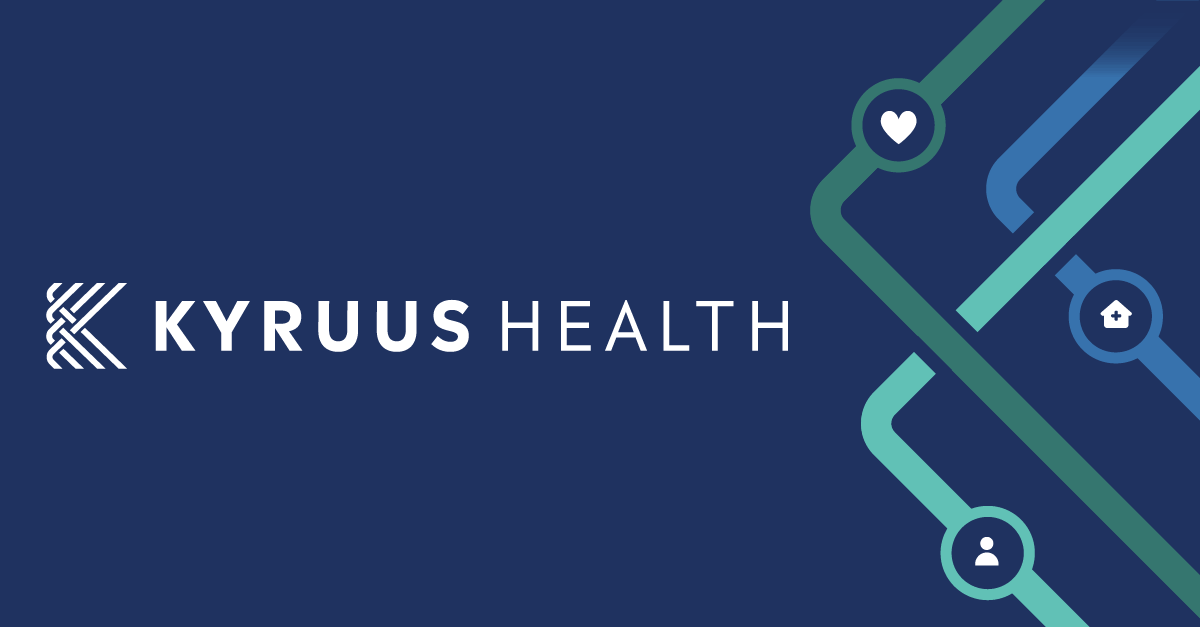The road to becoming a physician is paved with years of education and training — not to mention a lack of sleep and a lot of stress. During this time, medical students are tasked with learning a plethora of healthcare jargon, much of which becomes part of their career vocabulary. Hippopomonstrosesquipedalophobia, anyone?
Sometimes, the complex terms doctors use can be confusing for patients. That’s not unusual. Medical terminology can flummox even the most educated individuals. It becomes a problem, though, when patients can’t obtain, process and understand basic health information to make appropriate healthcare decisions. In other words, they have low or limited health literacy.
These individuals don’t lack intelligence or an education. As the National Assessment of Adult Literacy notes, only about one-third of adults with graduate-level education have proficient health literacy. Overall, roughly 80 million adults in the United States are estimated to have either limited or low health literacy. It’s more prevalent among older adults, minority and medically-underserved populations, individuals with low socioeconomic status and educational skills and those with limited English proficiency.
You might have also seen the term “digital literacy.” It refers to an individual’s ability to seek, find, understand and appraise health information from electronic sources and apply the knowledge gained to addressing or solving a health problem. Think health literacy – but with the use of digital technology.
Consequences of Low Health Literacy
Individuals with low health literacy don’t only have trouble understanding complex medical terms. Often, they have difficulty navigating the healthcare system and are unable to complete tasks other patients see as simple. For example, they might have trouble filling out health forms, sharing their medical history with providers or understanding dosage information on prescription bottles. Even locating providers and preventive care services can be arduous.
Maybe you have a patient your practice has labeled “non-compliant” or “verbally combative” because they don’t seem to want to follow doctor’s orders. It might actually be a case of low health literacy, and the individual comes across that way because he or she has trouble explaining their concerns or asking the right questions.
Understanding low health literacy is especially important for healthcare providers because of its link to poor health outcomes. When patients don’t comprehend certain care information and lack the skills necessary to prevent disease, they’re often unable to adequately manage their own health. Other consequences of low health literacy include:
- Medication errors
- Low rates of treatment compliance
- Unnecessary emergency room visits
- Ineffective management of chronic conditions due to inadequate self-care skills
- Longer hospital stays and increased hospital readmissions
- Poor responsiveness to public health emergencies
- Higher mortality.
As with other healthcare issues that negatively affect patients, low health literacy adds unnecessary expenses to the U.S. economy. The estimated cost of poor health literacy is $236 billion annually, representing roughly seven percent of all personal healthcare expenditures.
A Practical Plan for Addressing Limited Health Literacy
Communication, albeit a seemingly oversimplified component of providing care to patients with low or limited health literacy,  is crucial. One study found that individuals who read patient education material and communicate their understanding back to the doctor are 32 percent less likely to be hospitalized and 14 percent less likely to visit the emergency department.
is crucial. One study found that individuals who read patient education material and communicate their understanding back to the doctor are 32 percent less likely to be hospitalized and 14 percent less likely to visit the emergency department.
Following are ten additional things healthcare providers can do to ensure patients with low health literacy receive the level of care they deserve:
- Identify patients with low literacy levels
- Use short sentences without overly technical medical terms.
- Offer health information in multiple languages.
- Offer assistance with completing forms.
- Supplement verbal instructions with written ones, and include visual aids when possible.
- Utilize the “teach-back method” — ask patients to explain your instructions.
- Place universal symbols throughout your practice (i.e., microscope for laboratory services).
- Ask open-ended questions instead of only “yes” or “no” ones.
- Be aware of any cultural barriers that may prevent patients from understanding the information you’re giving them.
- Train your staff members on these practices.
Check out our other practice management blogs for tips on how to streamline your operations and decrease the administrative burden for you and your staff — while still providing your patients with the highest level of care.




